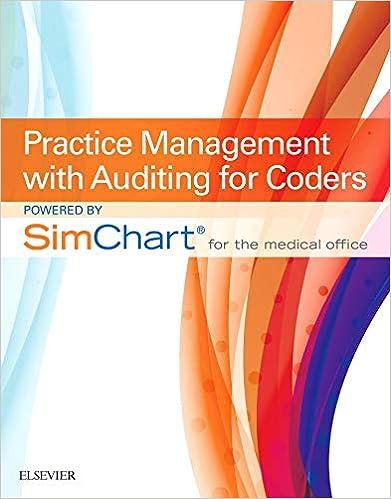Question
Q1 When using the food cost percentage matrix method of menu analysis, a menu item with which of the following characteristics would be most desirable?
Q1 When using the food cost percentage matrix method of menu analysis, a menu item with which of the following characteristics would be most desirable?
| A. | High food cost %, low popularity | |
| B. | High food cost %, high popularity | |
| C. | Low food cost %, low popularity | |
| D. | Low food cost %, high popularity |
Q2 As the level of personal service in a hospitality business increases, operations costs...
| A. | increase and selling prices must also increase. | |
| B. | increase and selling prices must be decreased. | |
| C. | decrease and selling prices must be increased. | |
| D. | decrease and selling prices must also be decreased. |
Q3 A poor location may require that a food service operation...
| A. | increase its prices because its service levels will likely be high. | |
| B. | reduce its prices to attract a sufficient customer base. | |
| C. | increase its prices because its location will likely cause it to attract fewer customers. | |
| D. | reduce its prices because its ambiance will be below average. |
Q4 What is another name for conducting menu analysis when using the contribution margin approach?
| A. | Menu engineering | |
| B. | Food cost analysis | |
| C. | Goal value analysis | |
| D. | Weighted average analysis |
Q5 Which is the pricing factor a manager would use if they wanted to achieve a 40% food cost on all of their menu items?
| A. | 2.5 | |
| B. | 3.0 | |
| C. | 3.5 | |
| D. | 4.0 |
Q6 Which is the most likely example of a food service guest who will NOT be price-sensitive?
| A. | An individual buying a hot dog while attending a professional sporting event | |
| B. | An office worker buying a hot dog for lunch | |
| C. | A college student buyign two chili dogs for dinner | |
| D. | A working mother buying five hot dogs to feed her family |
Q7 What is the mathematical relationship between selling price, food cost %, and contribution margin?
| A. | Selling price / (1 - food cost %) = contribution margin | |
| B. | Selling price x (1.00 - food cost %) = contribution margin | |
| C. | Selling price / (1.00 + food cost %) = contribution margin | |
| D. | Selling price x (1.00 + food cost %) = contribution margin |
Q8 A common and legitimate criticism of the contribution margin approach to menu analysis is that it favors...
| A. | lower priced menu items over higher priced items. | |
| B. | higher food cost percentage items over lower cost percentage items. | |
| C. | high priced menu items over lower priced items. | |
| D. | lower food cost percentage items over higher cost percentage items |
Step by Step Solution
There are 3 Steps involved in it
Step: 1

Get Instant Access to Expert-Tailored Solutions
See step-by-step solutions with expert insights and AI powered tools for academic success
Step: 2

Step: 3

Ace Your Homework with AI
Get the answers you need in no time with our AI-driven, step-by-step assistance
Get Started


